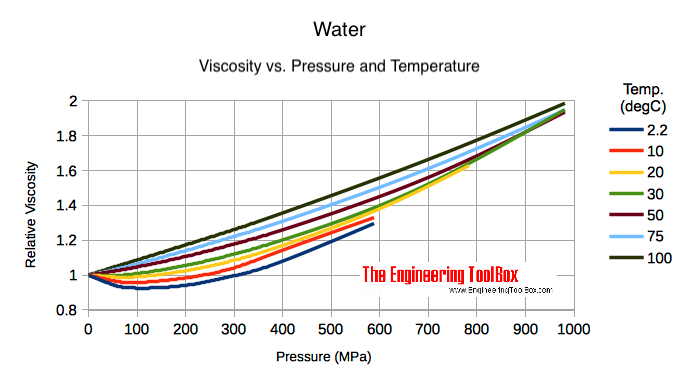
In this paper, we introduce a version of the GEOTHER model that can simulate both multiphase flow and flow above the critical point, and demonstrate its capabilities by simulating flow in the vicinity of the critical point. List of Chemical Components, Aqueous Species, and Minerals Used in Reactive Transport Simulations (the components also served as aqueous species in addition to the basis set from which the secondary aqueous species and minerals were constructed) Components Secondary aqueous species Minerals H2O OH– Albite H+ O0 K feldspar Na+ HCl0 Muscovite K+ CO02 Kaolinite Ca2+ NaHCO03 Magnetite Mg2+ HCO–3 Calcite Pb2+ H2CO 0 3 Dolomite Zn2+ CaHCO+3 Quartz Cu+ NaCl0 Galen.ĪBSTRACT Quantitative flow modeling of fluids at elevated temperatures and pressures has generally been limited to consideration of either single-phase flow or two-phase flow at conditions below the critical point of water. The chemical equilibrium calculations were 1610 APPOLD AND GARVEN 0361-00/000-00 $6.00 1610 TABLE 1. Fluid density and viscosity changes as a function of temperature, pressure, and salinity were computed using equations of state from Watson et al.

The transport equations were solved using a Galerkin finite element scheme in space and an implicit finite difference scheme in time. In this case, the subscript i refers to the initial permeability or porosity. ity as a function of porosity, an empirical relationship proposed by Walsh (1983) was utilized: kln - = 45.7(φ – φi), (11)ki where k is the permeability and is related to the hydraulic conductivity by K = kρg/µ, where g is the gravitational acceleration. The simulations, which utilized the best estimated parameters of the studied area, yield results that are similar to those exhibited in the field. These conditions must cause an unstable dissolution front which then causes formation of cavities and eventually sinkholes. We show that the creation of sinkholes occurs only under specific conditions. The spacing between the sinkholes and the rate of their creation is controlled by several factors including properties of lineaments/faults, incoming groundwater flux, the salinity of the incoming groundwater, the rate of dissolution, the effective specific surface area, the permeability of the salt and clay layers, the permeability-porosity relation, the dispersivity, and the thickness of the layers. The positive feedback between the rate of flow, the rate of chemical reaction, and the change in permeability accelerates the dissolution processes and might result in ‘‘reactive infiltration instability’ ’ which is manifested in ‘‘fingers’ ’ of cavities, into which fluid is channeled, and salt is dissolved. Our finite element modeling shows that dissolution of this salt layer is a plausible mechanism to explain the rapid creation of subsurface holes that collapse and form sinkholes.

This dissolution is related to the recession of the Dead Sea the groundwater level and the fresh/saline water interface along the shore decline at a similar rate to the rate of the Dead Sea recession, and brines that used to occupy layers below this interface are flushed out by freshwater. The formation of sinkholes at the Dead Sea area reflects subsurface cavities formed by salt dissolution.


 0 kommentar(er)
0 kommentar(er)
